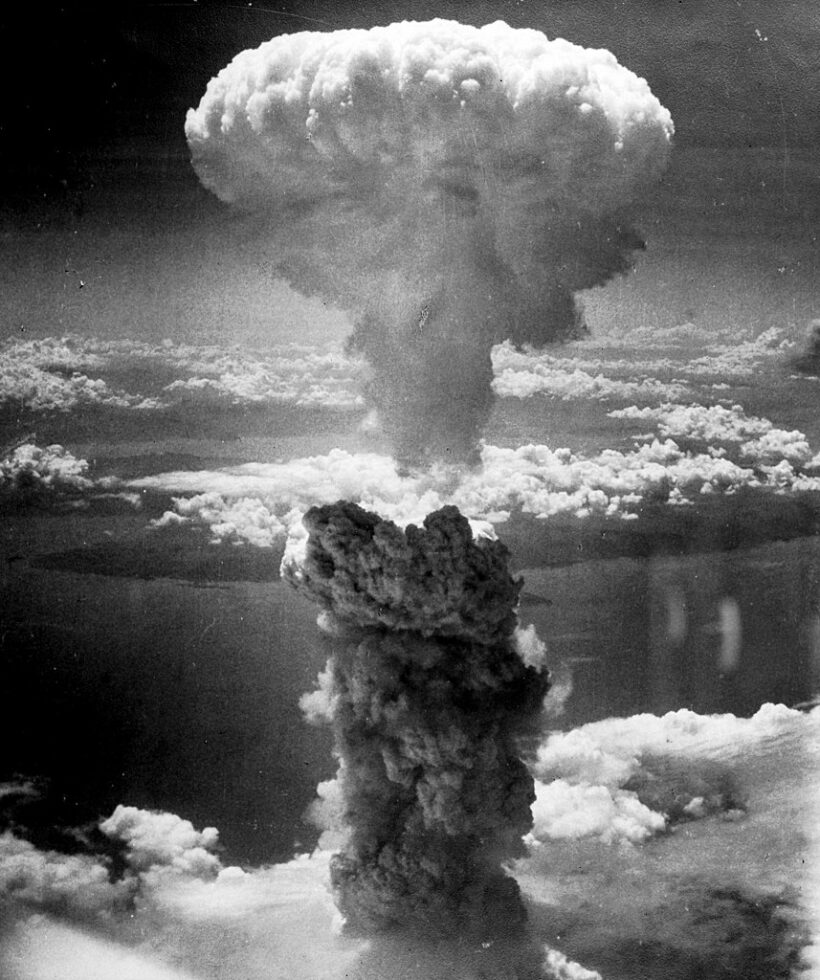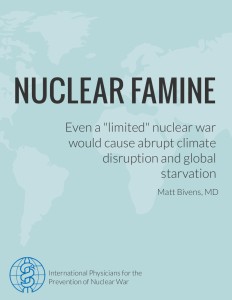It’s long been known a major nuclear war could destroy modern civilization and kill most of humanity. But what about a “limited” nuclear war—a conflict confined to one region, say, or involving just a tiny fraction of the world’s arsenals?
“Nuclear Famine,” a new report published today by IPPNW, summarizes the latest scientific work, which shows that a so-called “limited” or “regional” nuclear war would be neither limited nor regional. On the contrary, it would be a planetary-scale event. In fact, it would be far more dangerous than we understood even a few years ago. A war that detonated less than 1/20th of the world’s nuclear weapons would still crash the climate, the global food supply chains, and likely public order. Famines and unrest would kill hundreds of millions, perhaps even billions.
“In a nuclear war, bombs targeted on cities and industrial areas would start firestorms, injecting large amounts of soot into the upper atmosphere, which would spread globally and rapidly cool the planet,” according to a landmark study published in August 2022 by Nature Food.¹
Lili Xia at Rutgers University led an international team that examined how much Sun-blocking soot would be generated under various scenarios of a nuclear war between India and Pakistan. They considered how far global temperatures would fall as a result; what would happen to crop production; and finally, how many people would starve to death. Their findings:
- As horrific as the war zone itself might be, with tens of millions of direct, immediate fatalities, the regional death toll would be dwarfed in coming months and years by starvation deaths all around the world. In fact, they found, more than 2 billion people could die of starvation after an India-Pakistan war.
- “Famine could result for a third of Earth,” the authors write, “even from a war between India and Pakistan using less than 3% of the global nuclear arsenal.”







